Thông báo
Vui lòng điền vào thông tin bên dưới
Khẩn cấp
EFFECTIVE DIAGNOSIS AND TREATMENT METHODS FOR GASTROESOPHAGEAL REFLUX DISEASE (GERD)
Do you often experience heartburn, a burning sensation in the chest, or a backwash of sour taste in the throat after meals? These could be signs of gastroesophageal reflux disease (GERD) – a condition that occurs when the esophageal sphincter becomes weakened or does not function effectively, causing gastric acid to flow back into the esophagus.
If left undetected and untreated timely, GERD would not only lead to irritability and prolonged heartburn but also to a heightened risk of esophageal mucosal lesions, esophagitis, and other serious complications.
Identifying the symptoms of GERD early, along with making lifestyle and dietary changes, combined with medical intervention, when necessary, can effectively manage the condition, alleviate symptoms, and protect long-term digestive health.
Gastroesophageal reflux disease’s signs
People with GERD frequently suffer from heartburn at least two to three times each week, experiencing a burning feeling in the center of the chest, which could occasionally extend to the throat sometimes. Some people may find sour taste in the throat. In addition, GERD could cause other symptoms, namely:
Epigastric pain or gastric irritability
Trouble swallowing or painful swallowing
Persistent hoarsenessi
Sore throat or persistent cough
Chronic cough, newly onset asthma, or asthma occurring only at night
Sensation of a lump in the pharynx
Indigestion, distension
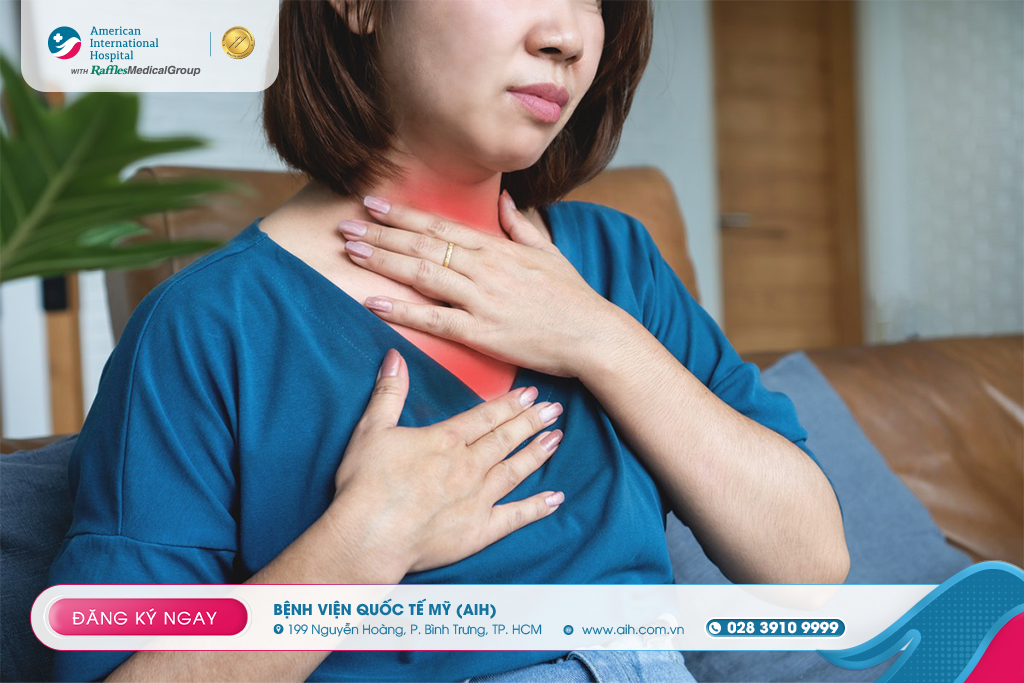
These symptoms could vary from person to person. However, if they happen frequently, it is important to consult a doctor for timely diagnosis and treatment.
GERD’s complications
If left untreated, GERD could sometimes lead to severe complications over time, namely esophagitis, esophageal stricture, and Barrett’s esophagus, as well as other extra-esophageal complications.
Esophagitis: An esophageal inflammation. Esophagitis could cause ulcer and hemorrhage in the esophageal mucosa. Chronic esophagitis might increase the risk of esophageal stricture and Barrett’s esophagus.
Esophageal stricture: Esophageal stricture happens when your esophagus becomes too narrow. Esophageal stricture could cause trouble swallowing.
Barrett’s esophagus: GERD sometimes could lead to Barrett’s esophagus, a condition in which tissue like the intestinal lining replaces tissue lining the esophagus. A small number of people with Barrett’s esophagus may progress to develop a type of cancer called esophageal adenocarcinoma.
Extra-esophageal complications: A small number of people with GERD may progress to develop complications beyond the esophagus, in the mouth, pharynx, or lungs. These could include asthma, chronic cough, hoarseness, laryngitis that causes temporary voice loss, and tooth enamel erosion.
Gastroesophageal reflux disease’s symptoms
GERD often leads to symptoms like heartburn, a painful, burning sensation in the center of the chest, posterior to the sternum, rising from the lower end of the sternum toward the pharynx, or gastric contents refluxing through the esophagus into your throat or mouth, which may cause you to “taste” food again or sense stomach acid.
However, not all adults with GERD experience heartburn or regurgitation. Other symptoms may include chest pain, nausea, difficulty swallowing or painful swallowing, and symptoms of complications in the mouth, pharynx, or lungs, such as chronic cough or hoarseness.
Gastroesophageal reflux disease’s diagnosis and treatment
To determine whether you have GERD or not, gastroenterologists will begin with a clinical examination and a detailed medical history.
To provide an accurate diagnosis and assess the extent of impact, the doctor may recommend several workups, including:
Clinical examination and medical history taking to identify typical symptoms and risk factors.
Upper gastrointestinal endoscopy (Upper GI Endoscopy – EGD): also called esophagogastroduodenoscopy, a procedure that uses a flexible endoscope equipped with a camera and light source, allowing the doctor to directly view the esophageal mucosa, stomach lining, and duodenal mucosa.
Upper gastrointestinal endoscopy (EGD) is a medical procedure that uses a flexible, thin endoscope equipped with a high-resolution camera and light source, allowing the doctor to directly view the esophageal, stomach, and duodenal mucosa. This procedure enables early detection of abnormalities, including ulcers, polyps, Barrett’s esophagus, and early-stage cancer, while also facilitating the collection of biopsy samples or immediate intervention during endoscopy.
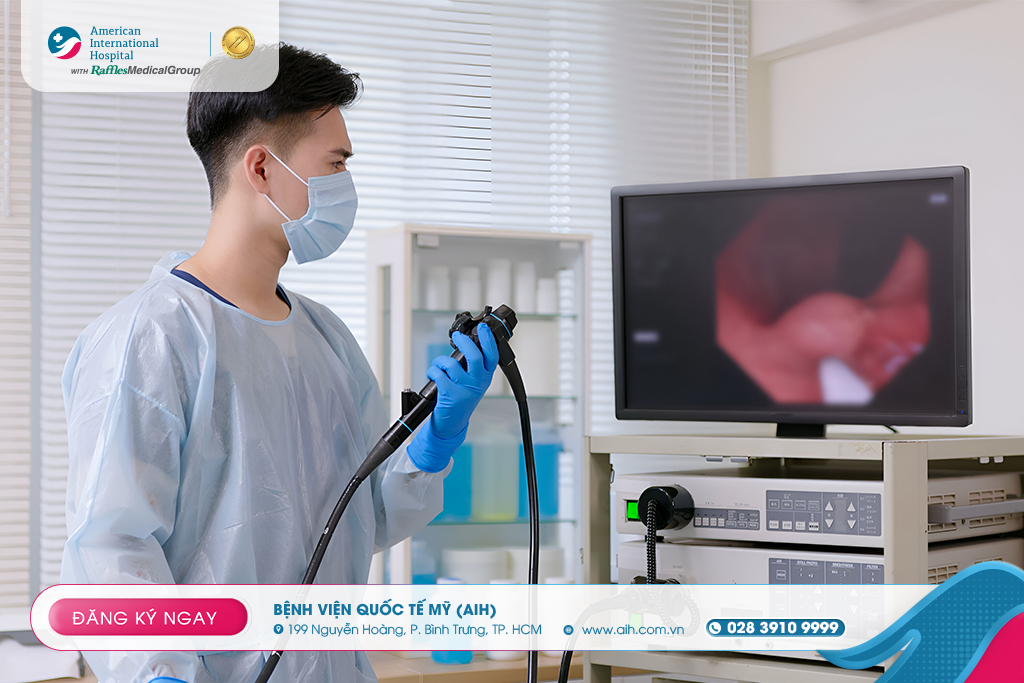
At American International Hospital (AIH), we are equipped with a state-of-the-art Olympus Endoscopy System, integrated with Narrow Banding Imaging (NBI) technology. This technology helps magnify microscopic visibility, aiding in the detection of microlesions that are difficult to observe with the naked eye, thereby enhancing diagnostic accuracy and gastrointestinal cancer screening.
Thanks to the combination of modern equipment and a highly specialized medical team, the endoscopic unit at AIH not only provides effective diagnosis of gastrointestinal diseases but also plays a crucial role in early cancer screening and prevention, particularly for individuals with high-risk factors.
Treatment methods
Depending on the diagnostic findings and the extent of the disease, doctor would recommend appropriate treatment methods:
Taking medications: Doctor would prescribe acid-reducing medications such as Proton Pump Inhibitors (PPI) or H2 receptor blockers to alleviate symptoms and safeguard the esophageal lining from lesions caused by acid.
Lifestyle modification: This is an important supportive method, including weight loss if necessary, avoiding foods that easily trigger reflux, eating in moderation, avoiding overeating or eating right before bedtime, and giving up habits such as smoking to reduce GERD symptoms.
Self-care: Some self-care methods, like maintaining a reasonable weight, avoiding smoking, increasing fiber-rich food, avoiding eating late at night, and elevating the head when sleeping to prevent reflux.

Gastroesophageal reflux disease’s preventative methods
You could prevent and reduce symptoms of reflux disease by simple, yet effective lifestyle modification:
Maintain a reasonable weight: Being overweight tends to relax the lower esophageal sphincter, making gastric acid more likely to reflux.
Quit smoking: Nicotine in cigarettes relaxes the esophageal sphincter, increasing the risk of acid reflux.
Increase fiber-rich foods: Fiber-rich foods help protect the digestive system and reduce the impact of reflux; while also avoiding foods intake such as alcoholic beverages, chocolate, mint, spicy foods, and fatty foods.
Avoid late-night eating: When you lie down right after eating, acid is more likely to reflux. Therefore, finish meals at least 3 hours before bedtime to take advantage of gravity in keeping food in the stomach.
Sleep with your head elevated: Using a pillow or elevating the upper body while sleeping makes it difficult for gastric acid to reflux into the esophagus.
Limit caffeine: Caffeine from coffee, tea, or soft drinks may alter gastric pH, leading to reflux.
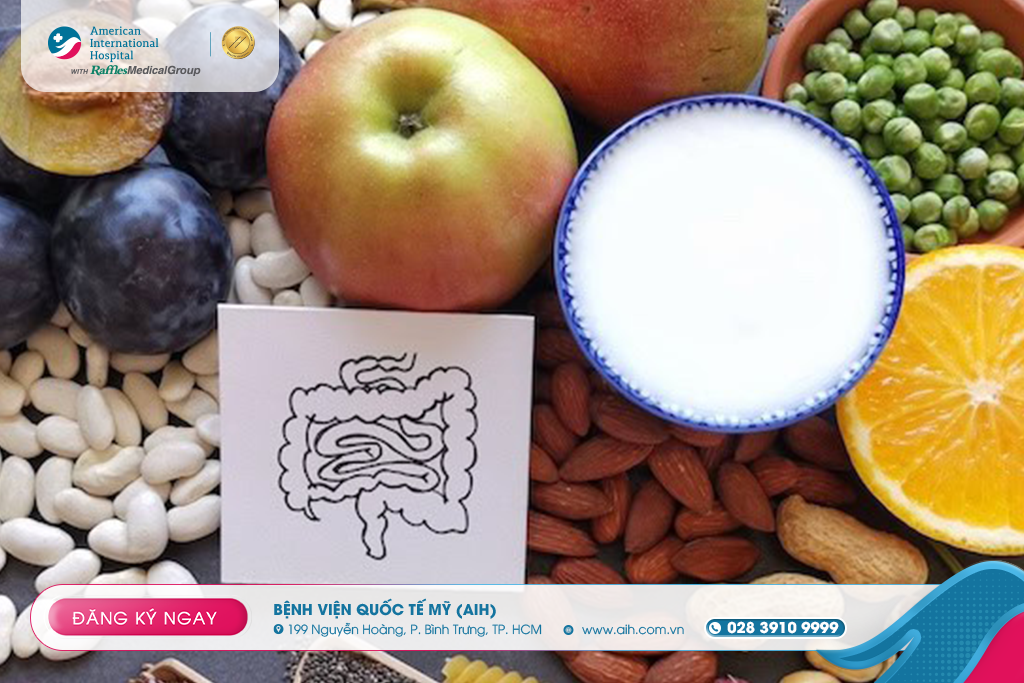
Reference:


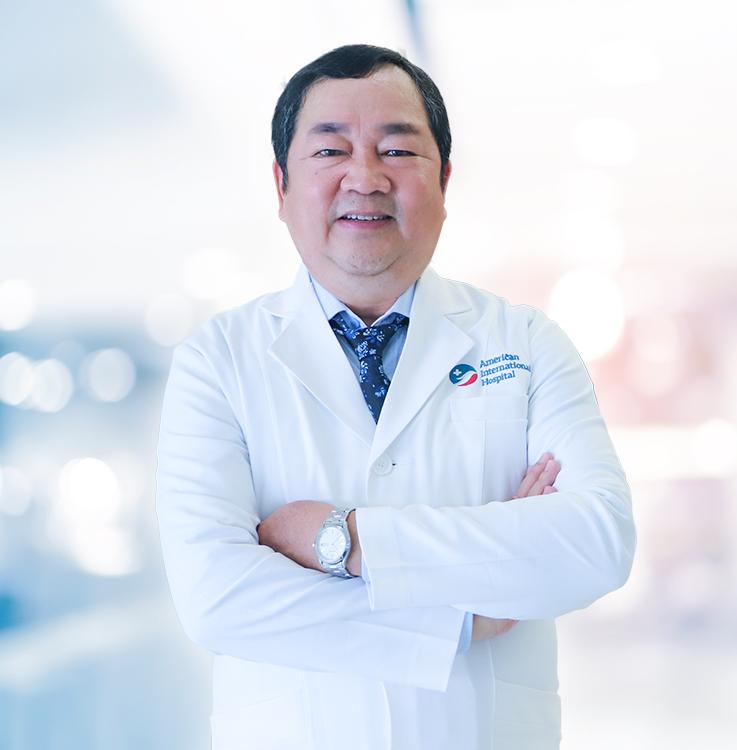

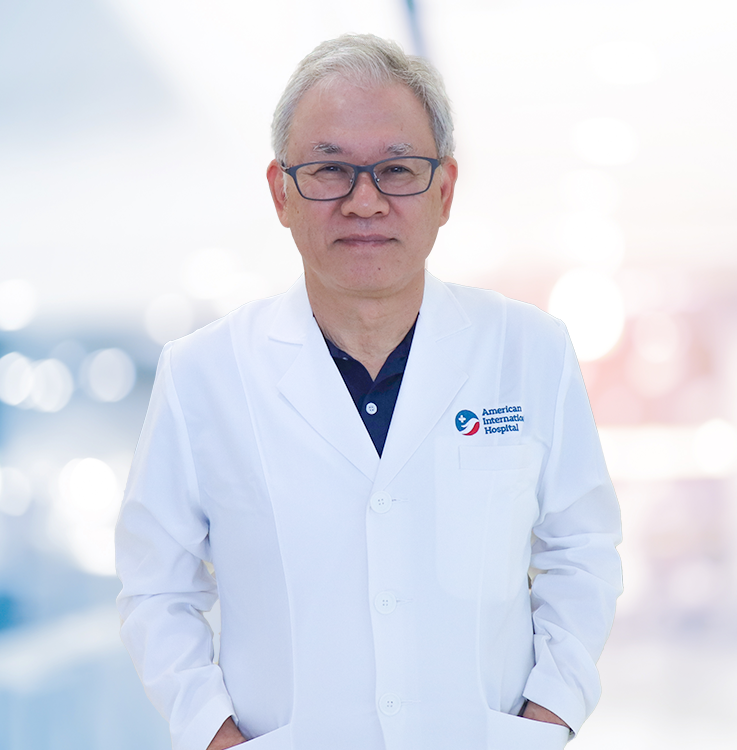
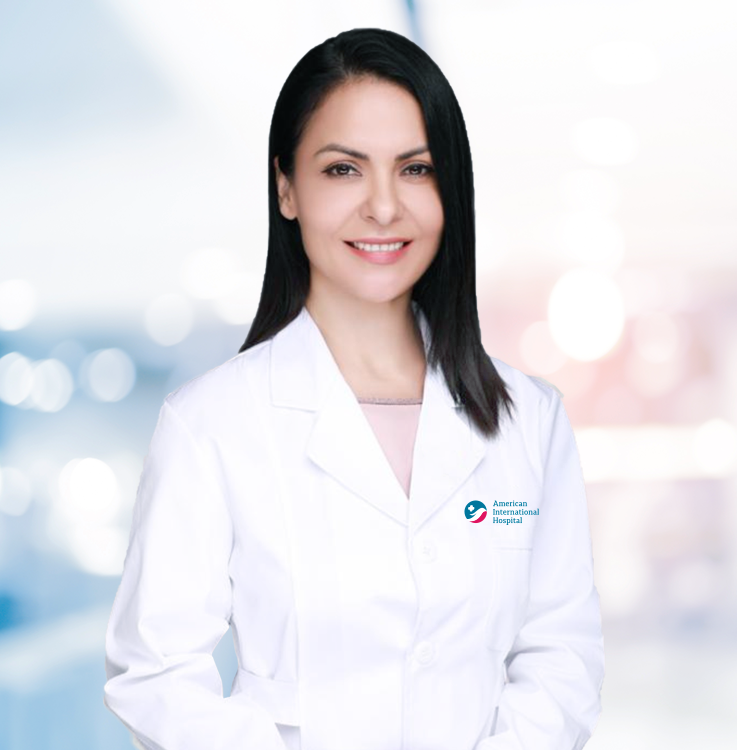


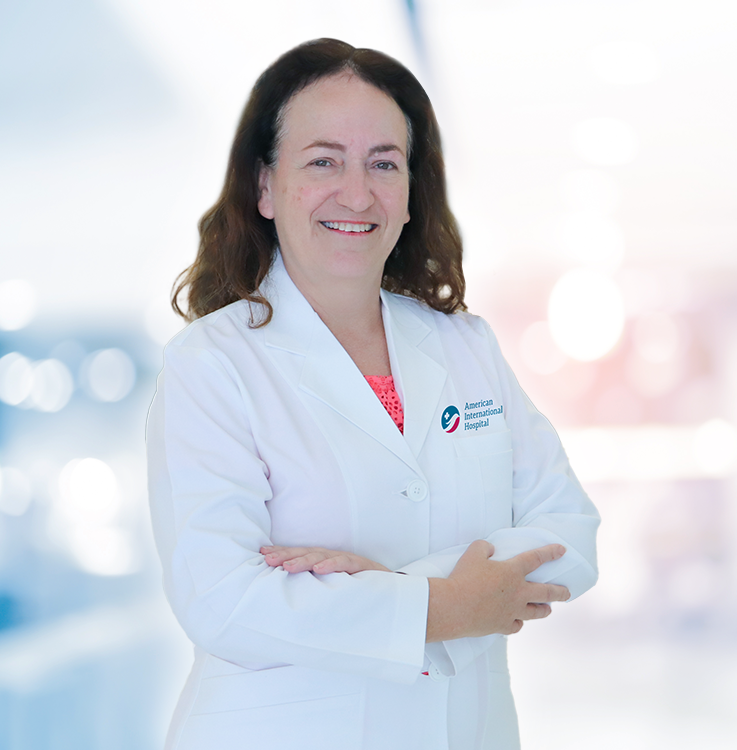


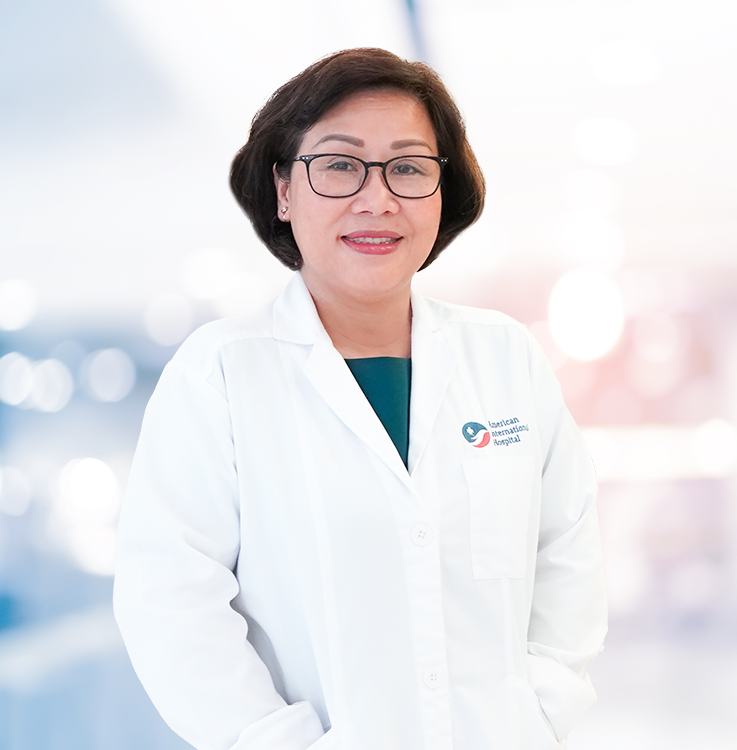
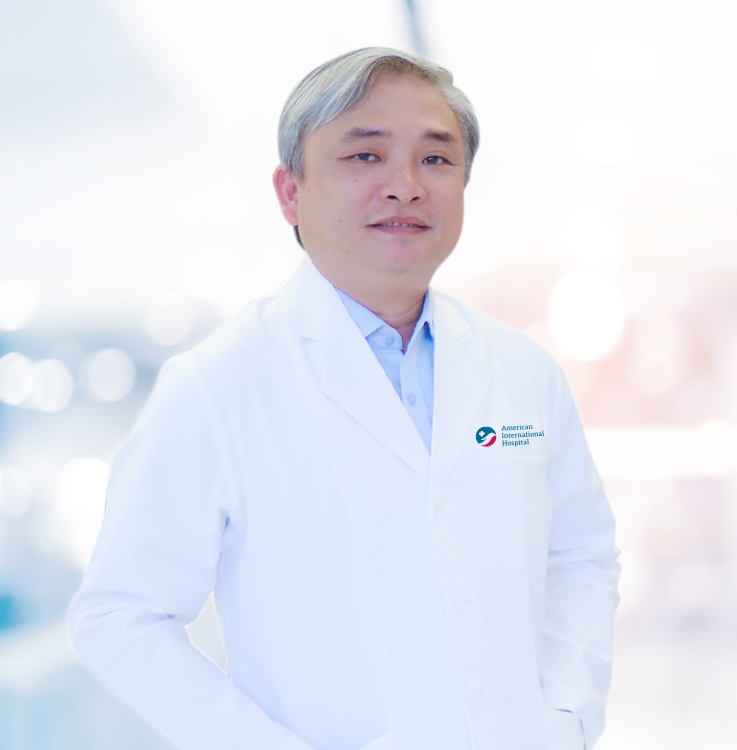

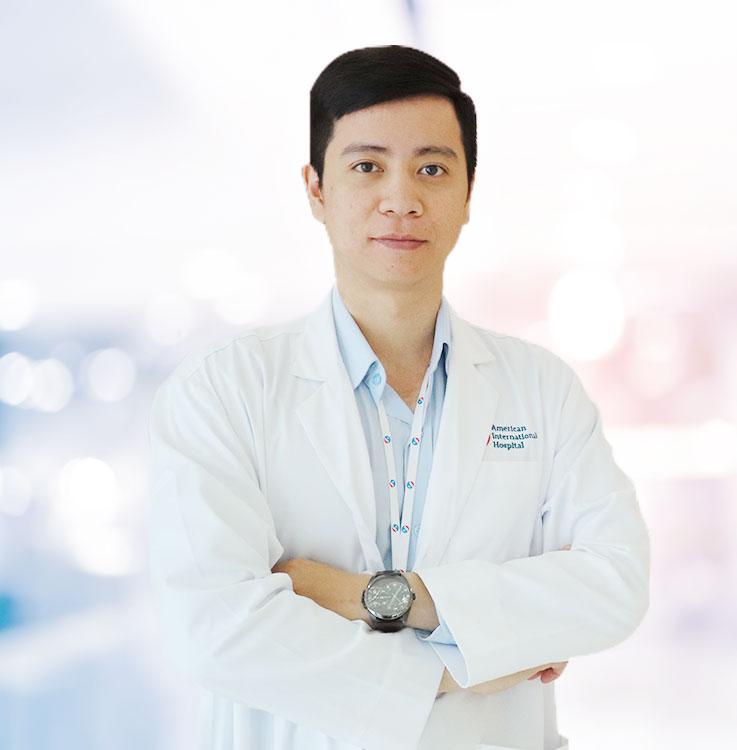




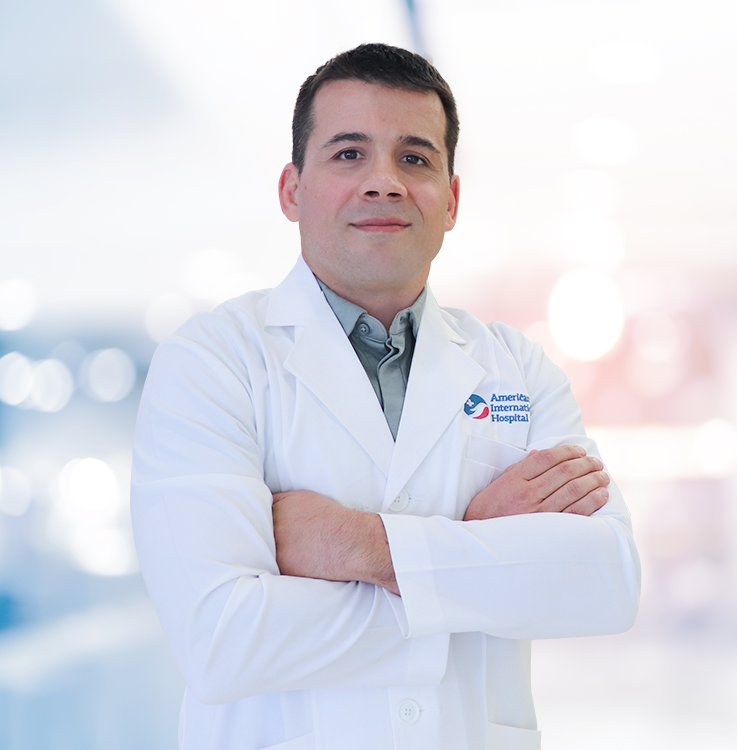




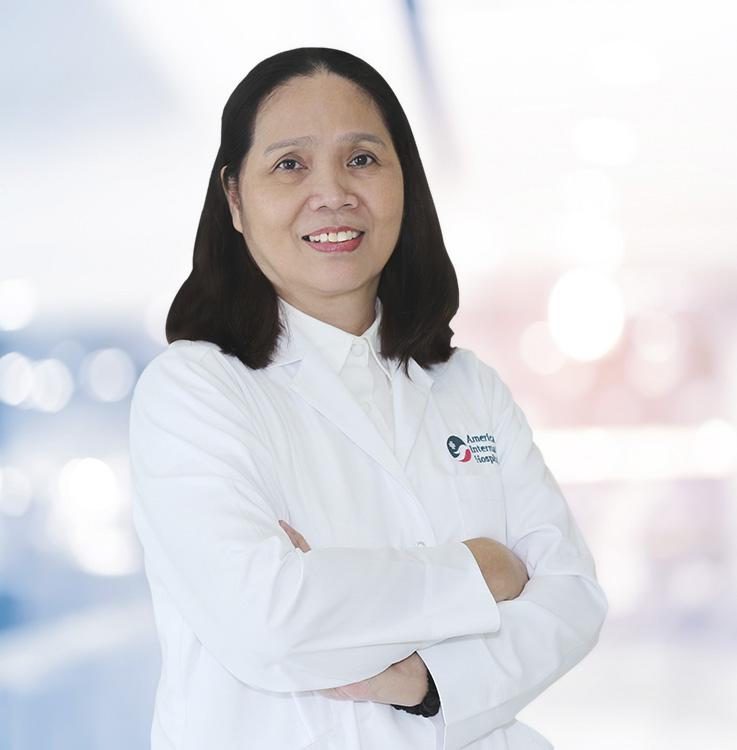

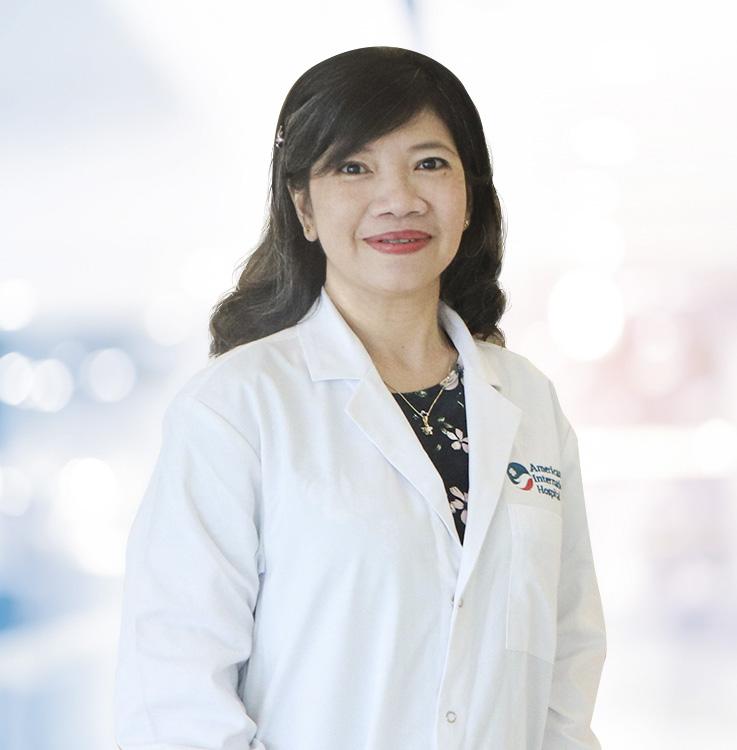


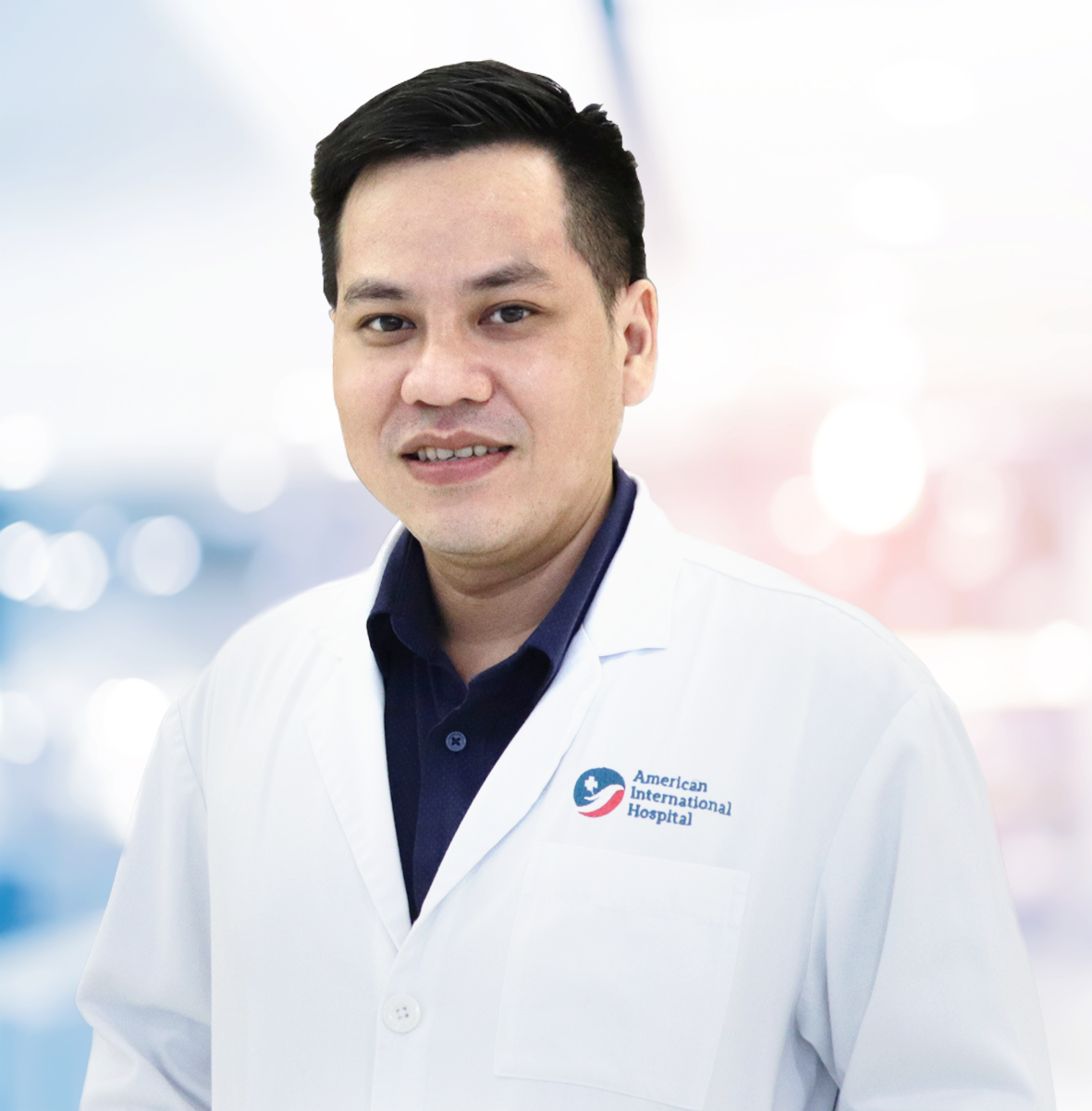



















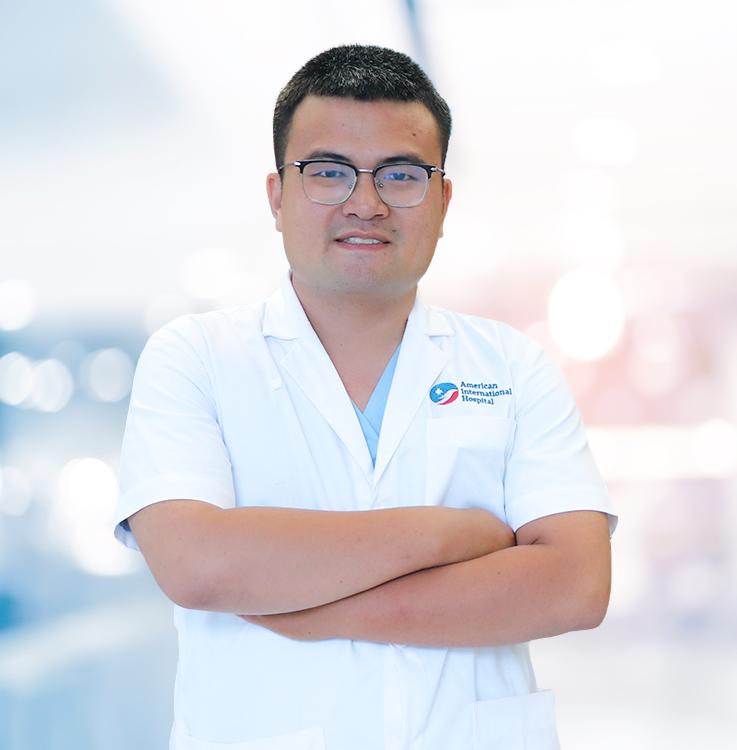


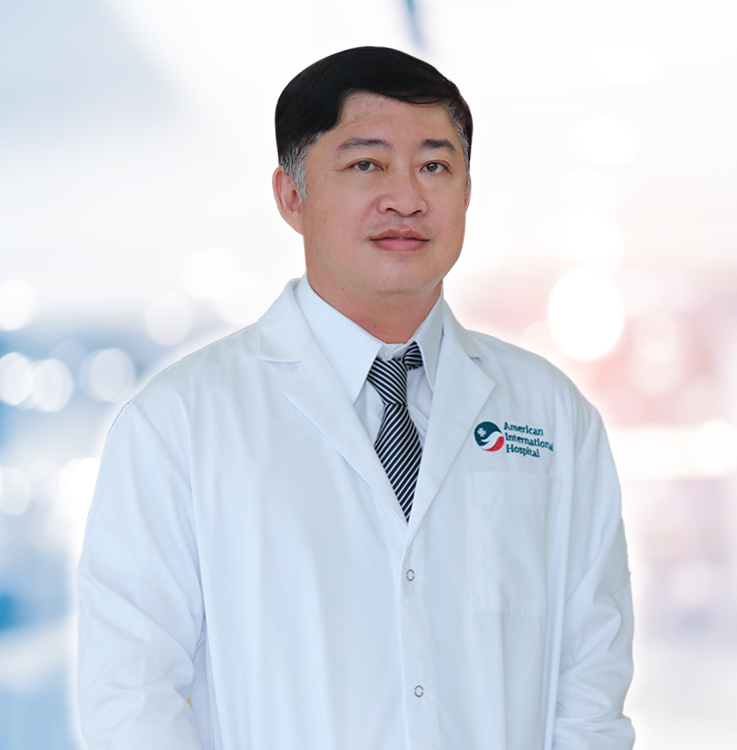





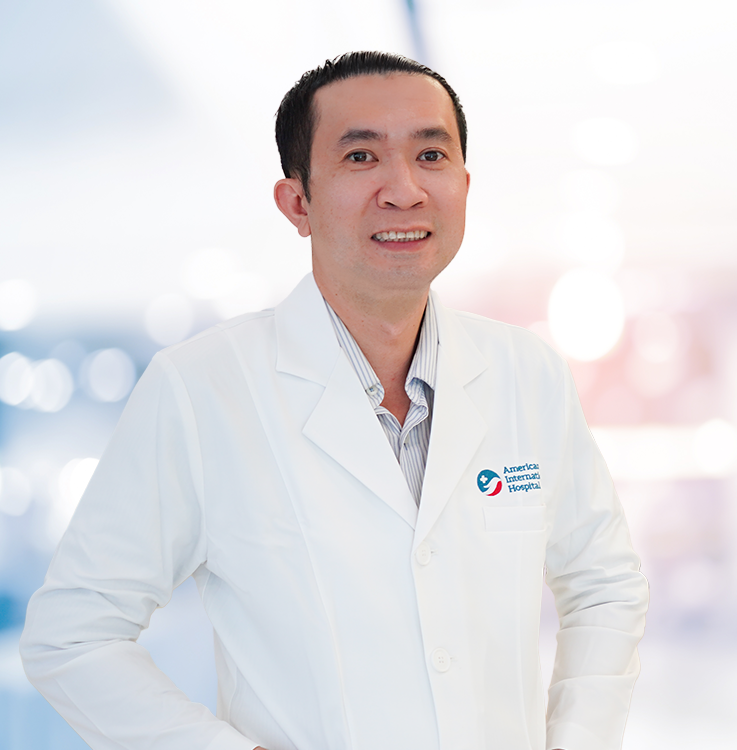










Để lại bình luận